- Bernard Preston homepage
- Our green garden
- Water Is the Greatest Enemy of the Worm Farm
Water is the greatest enemy of the worm farm
Water is the greatest enemy of the worm farm as flooding will cause them to drown.
If you have visited the Netherlands you may have heard the expression, water is Holland’s greatest enemy; that is because 60% of the country lies below sea-level. It is also its best friend; they have become the world’s experts in the management of the oceans and dams. You will not find raw sewerage flowing into and polluting their rivers and lakes.
Water is also a great threat to a worm-farm. If it is flooded with rain, they will drown and the contents of your compost bin will start to rot anaerobically; it will begin to stink.
Since most of waste-food that you feed them on is largely water, you rarely have to be concerned about desiccation.
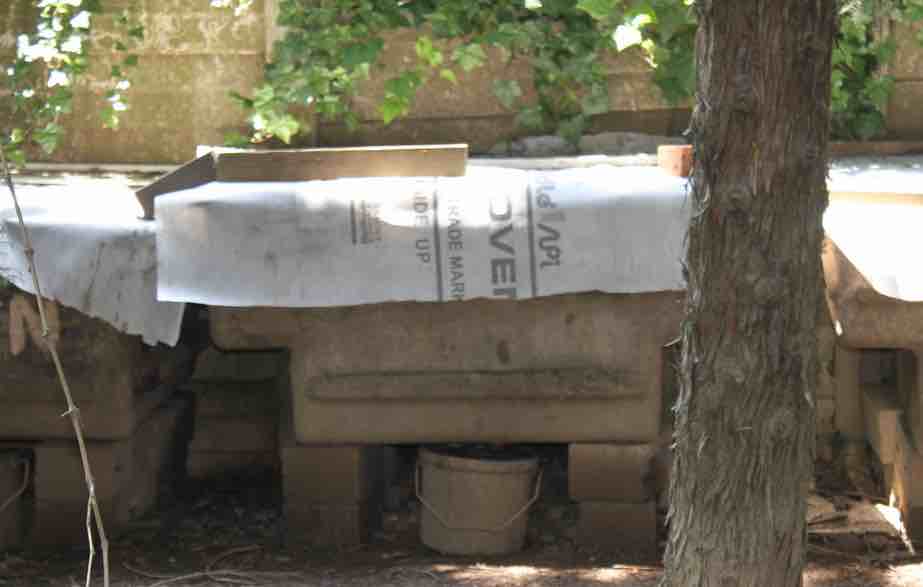
The rule of thumb is to take a handful of the vermi-compost and squeeze it in your fist; nothing should drip out, but it should be damp.
If you have worm-farms like mine where rain can leak in, then it is very important to cover them properly with a waterproofing material, which should be weighted down against the wind.
You can pay a lot of money for a worm farm, but really a cheap 25 litre bucket with a lid is all you need. Drill holes in the bottom for the vermi-liquid to drip out, and place it in warm spot but not in full sun.
Rest it either on two bricks, or on a strong builders’ 5 litre bucket to collect the wee. The lid must be kept loose as they must breathe; they need oxygen. Periodically gently loosen the material with a garden fork, but do not turn it over, to let air down to the bottom.
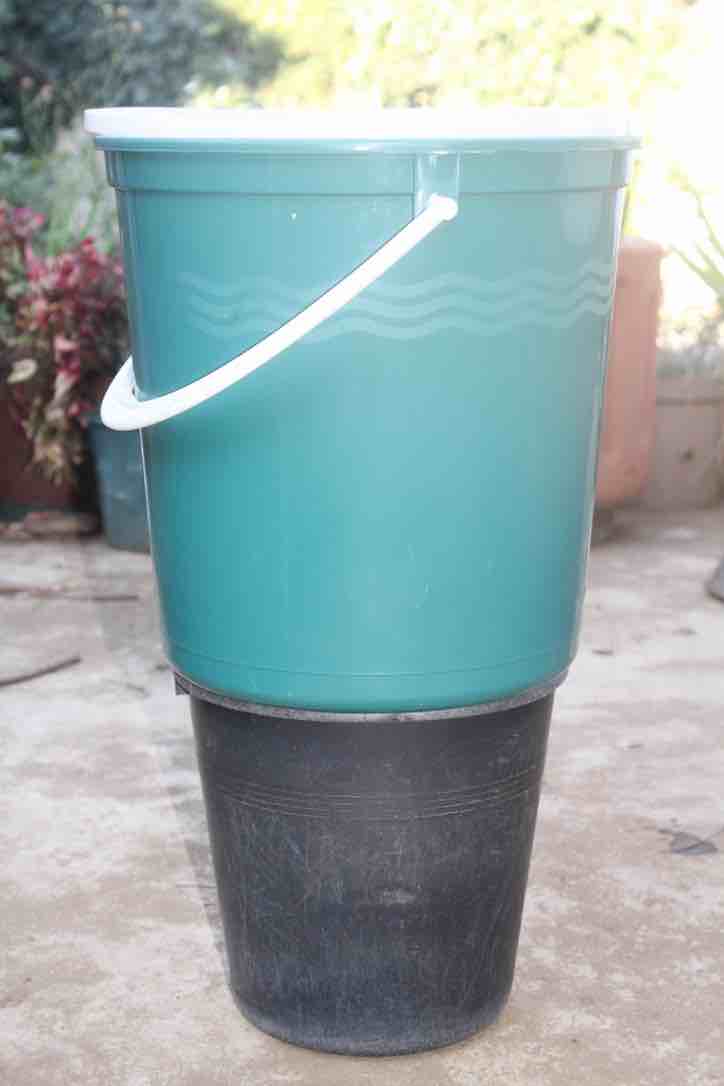
First place about 5cm of well rotted compost at the bottom of the bucket, and then your kitchen waste. Finally add 50 or more worms from a friend and, hey-presto you are in business.
Cover them with another thin layer of compost or whole cabbage leaves. They will double in number every month.
It’s a good idea to have two or more such buckets. Once the first is full, start the second using the compost from the first with a few worms at the bottom, and another layer at the top. They will go in search of food. A tablespoon of wood-ash is a good idea.
Avoid cooked food but a dead rat or bird from the garden is fine, but no dairy and very little bread. Well-rotted cow or horse manure is excellent, but not chicken litter.
Water is the greatest enemy of the worm farm
Water is the greatest enemy of the worm farm and any excess liquid must be kept out with an effective sheet of proofing of some material or other, preferably biodegradable; plastic that has already been used once and is being discarded may be suitable.
A fibreglass lid is more durable.
Whole fruit and veg like an apple or potato needs to be cut in half; the
skin has been designed to keep both oxygen and worms out, and
humification takes much longer.
Then, after about a month tip the whole bucket into your compost heap, retaining a few handfuls of worms so you can start again. Cover the mass with a layer of grass cuttings, or leaves to keep the sun off. The wrigglies will spread through the pile speeding up the process and enriching all of your compost with their droppings; that’s where the real value is. Watch out for the hadedas; they will soon sniff out a good meal.
For more interesting reading about rich compost, enjoy this page called define humus. It is not what I thought and perhaps will surprise you too.
Rainbow worm farm experiments
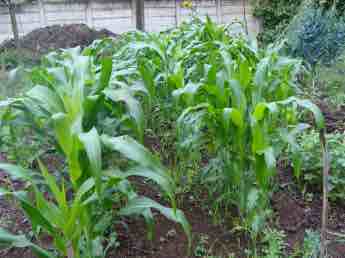
Conducting your own rainbow worm farm experiments is not that onerous. You really should keep records though and photographs will help provide evidence that a crop responds better to the use of the leachate.
The worm wizzard is a good source of domestic wormeries in South Africa.
So, water is the greatest enemy of the worm farm; by hook or by crook, keep it out.
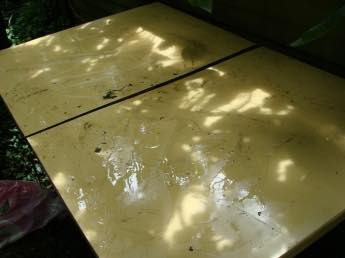
Water leaked through the crack between these two covers for one worm-farm. So we had them fibreglassed into one unit. It is heavy and unwieldy but no doubt about it the wrigglies are a lot happier.
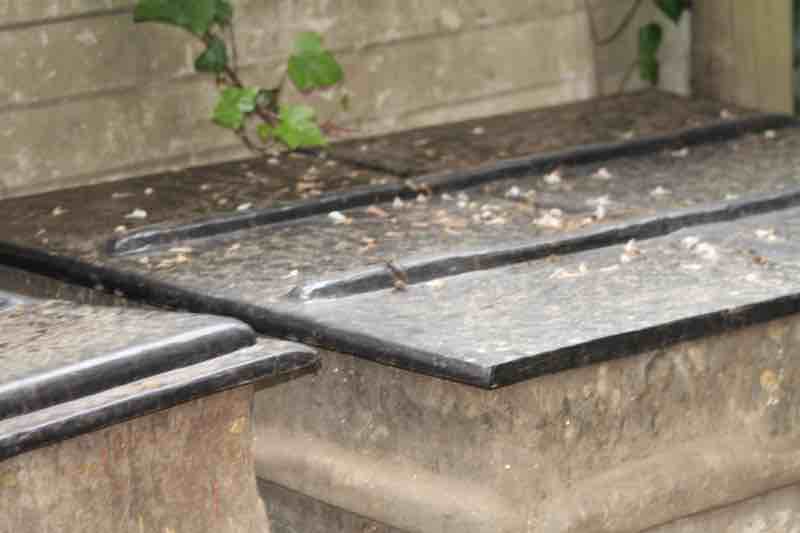
Newsletter
Our newsletter is entitled "create a cyan zone" at your home, preserving both yourself and Mother Earth for future generations; and the family too, of course. We promise not to spam you with daily emails promoting various products. You may get an occasional nudge to buy one of my books.
Here are the back issues.
- Lifestyle and ideal body weight
- What are ultra-processed foods?
- Investing in long-term health
- Diseases from plastic exposure
- Intensive lifestyle management for obesity has limited value
- A world largely devoid of Parkinson's Disease
- The impact of friendly bacteria in the tum on the prevention of cancer
- There's a hole in the bucket
- Everyone is talking about weight loss drugs
- Pull the sweet tooth
- If you suffer from heartburn plant a susu
- Refined maize meal and stunting
- Should agriculture and industry get priority for water and electricity?
- Nature is calling
- Mill your own flour
- Bake your own sourdough bread
- Microplastics from our water
- Alternative types of water storage
- Wear your clothes out
- Comfort foods
- Create a bee-friendly environment
- Go to bed slightly hungry
- Keep bees
- Blue zone folk are religious
- Reduce plastic waste
- Family is important
- What can go in compost?
- Grow broad beans for longevity
- Harvest and store sunshine
- Blue zone exercise
- Harvest and store your rainwater
- Create a cyan zone at your home
Did you find this page interesting? How about forwarding it to a friendly book or food junkie? Better still, a social media tick would help.
- Bernard Preston homepage
- Our green garden
- Water Is the Greatest Enemy of the Worm Farm
Address:
56 Groenekloof Rd,
Hilton, KZN
South Africa
Website:
https://www.bernard-preston.com